The Forage Sorghum Seed Market is characterized by a dynamic landscape influenced by various factors, including advances in agricultural technology, climate adaptability, and increasing demand for high-yielding crop varieties among farmers. Key players in this market are continuously evolving their strategies to enhance production efficiency and meet the growing needs of livestock feed and sustainable farming practices.
As the industry faces challenges such as pest resistance, drought conditions, and a pressing need for sustainability, competitive insights reveal how companies are innovating in breeding techniques and genetics to produce superior forage sorghum seeds that cater to diverse environmental conditions.
The nature of this market encourages collaboration and partnerships among stakeholders, fostering a strong competitive environment that drives growth and development in forage sorghum seed varieties.
Bayer is a prominent player in the Forage Sorghum Seed Market, greatly recognized for its innovative approaches and significant investments in research and development. The company possesses a vast portfolio of proprietary genetics that enhances the drought tolerance and nutritional quality of forage sorghum seeds, making them a preferred choice among farmers seeking reliable crop solutions.
Bayer's extensive distribution network and strong brand reputation further solidify its market presence, providing customer reach across various regions. The company's commitment to sustainability and environmentally friendly practices aligns with the increasing demand for sustainable agricultural inputs, thereby reinforcing its competitive edge.
Furthermore, Bayer actively engages in strategic partnerships with research institutions, which amplifies its ability to develop cutting-edge traits and technologies in forage sorghum, ensuring that it remains a leader in the market.
Land O'Lakes stands out in the Forage Sorghum Seed Market for its dedication to enhancing the productivity of dairy and beef cattle through premium seed offerings. The company emphasizes high-quality product development, focusing on traits such as improved disease resistance and high forage yield.
Land O'Lakes possesses a robust network of agricultural professionals and dealers that facilitates timely access to its products, enabling farmers to maximize their operational efficiency. The company regularly conducts field trials to evaluate the performance of its forage sorghum seed varieties, providing valuable data to ensure that its offerings meet the evolving needs of livestock producers.
With a strong focus on community engagement and collaboration with local growers, Land O'Lakes fosters loyalty and trust, further solidifying its competitive position within the forage sorghum seed market.


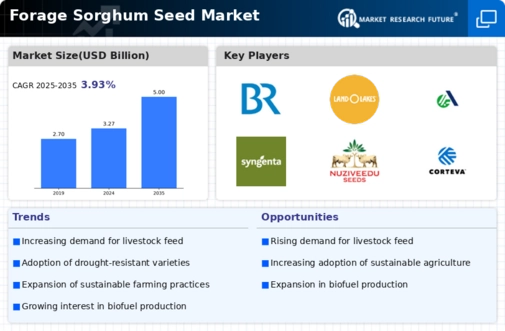
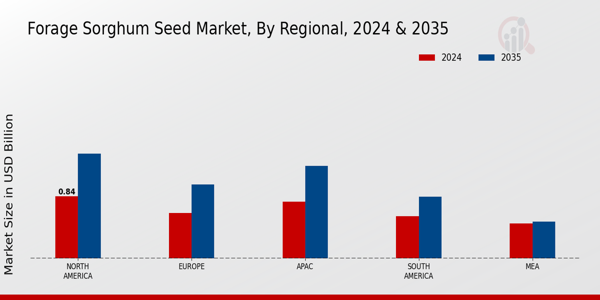

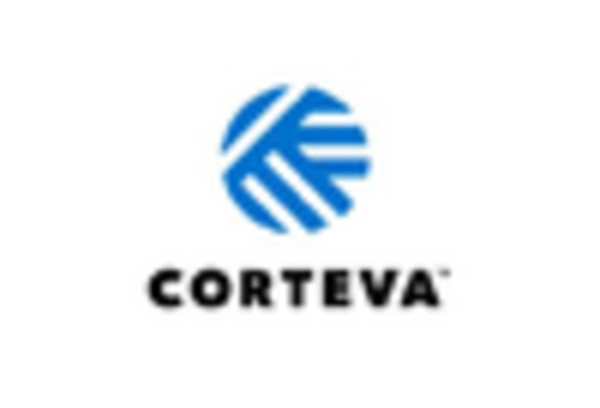
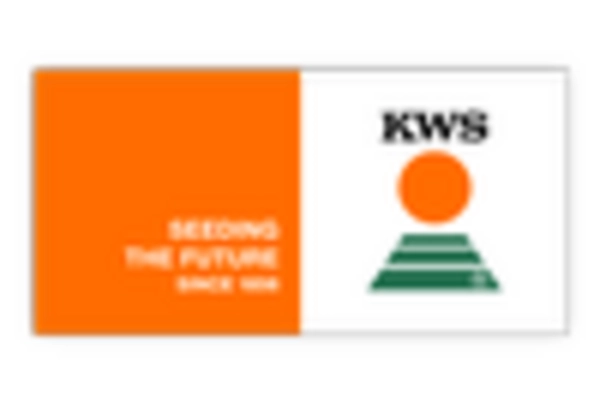

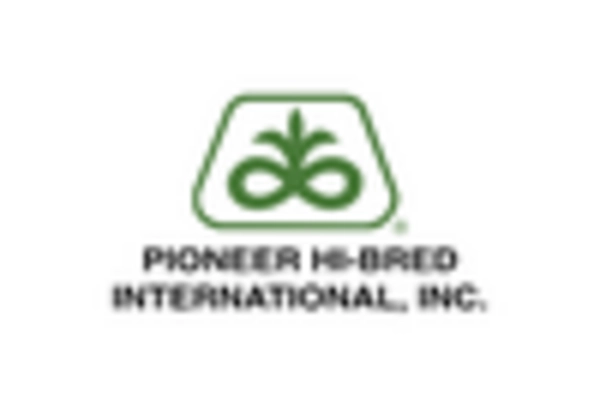
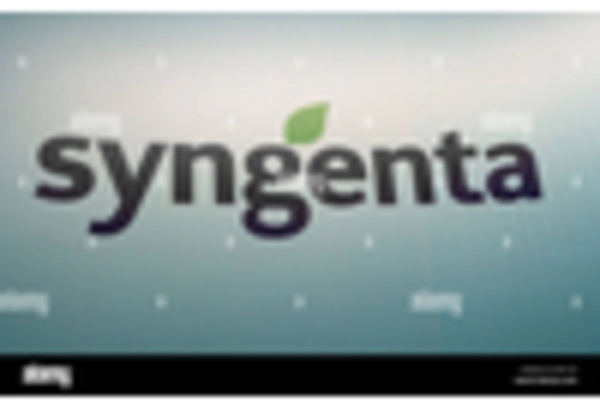








Leave a Comment